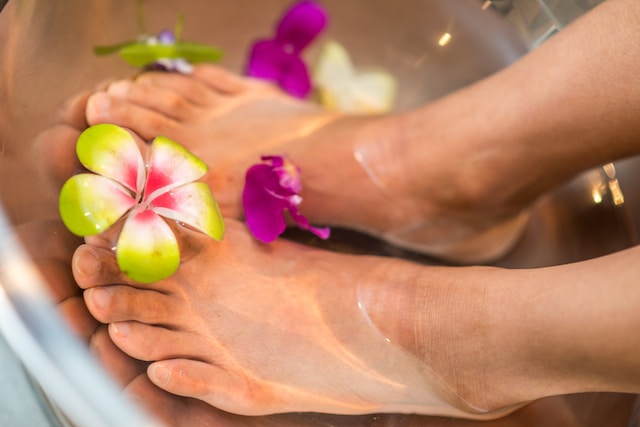Cracked heels, also known as heel fissures, can occur due to various factors. Understanding the underlying causes can help in preventing and treating cracked heels effectively. Here are some common reasons why people develop cracked heels: 1. Dry Skin: One of the primary causes of cracked heels is dry skin. When the skin on your
Cracked heels, also known as heel fissures, can occur due to various factors. Understanding the underlying causes can help in preventing and treating cracked heels effectively. Here are some common reasons why people develop cracked heels:
1. Dry Skin: One of the primary causes of cracked heels is dry skin. When the skin on your heels lacks moisture, it becomes stiff, loses its elasticity, and eventually cracks. Dry skin can be caused by factors like climate, inadequate hydration, excessive use of harsh soaps or detergents, and long-term exposure to water.
2. Lack of Proper Footcare: Neglecting proper footcare can contribute to cracked heels. Failure to regularly exfoliate, moisturize, and protect your feet can lead to the accumulation of dry and dead skin, making your heels more susceptible to cracking.
3. Obesity: Excess weight and pressure on the feet can cause the fat pad beneath the heels to expand sideways. This expansion can lead to the development of deep, painful cracks on the heels.
4. Standing for Prolonged Periods: People who spend long hours standing, especially on hard surfaces, are at a higher risk of developing cracked heels. The pressure on the heels, combined with lack of cushioning and moisture, can contribute to the formation of cracks.
5. Open-Back Shoes or Improper Footwear: Wearing open-back shoes, sandals, or flip-flops that do not provide adequate support and cushioning can increase the risk of cracked heels. These types of footwear expose the heels to dry air and friction, leading to dryness and cracking.
6. Skin Conditions: Certain skin conditions like psoriasis, eczema, or athlete’s foot can cause dryness and thickening of the skin, making the heels more prone to cracking.
7. Aging: As we age, the skin loses its natural moisture-retaining ability, leading to dryness and increased susceptibility to cracks.
8. Medical Conditions: Underlying health issues such as diabetes, hypothyroidism, and certain vitamin deficiencies (particularly vitamins A, C, and E) can contribute to dry skin and increase the risk of cracked heels.
9. Footwear Hygiene: Poor foot hygiene, such as infrequent washing, failure to dry feet properly, and lack of regular foot moisturization, can exacerbate dryness and cracking.
It’s important to note that severe cases of cracked heels can cause pain, bleeding, and infection. If your cracked heels are causing significant discomfort or do not respond to home remedies, it is advisable to consult a healthcare professional or a dermatologist for proper diagnosis and treatment.
By addressing the underlying causes and implementing appropriate footcare routines, you can effectively prevent and manage cracked heels, promoting healthy and soft skin on your heels.

















Leave a Comment
Your email address will not be published. Required fields are marked with *